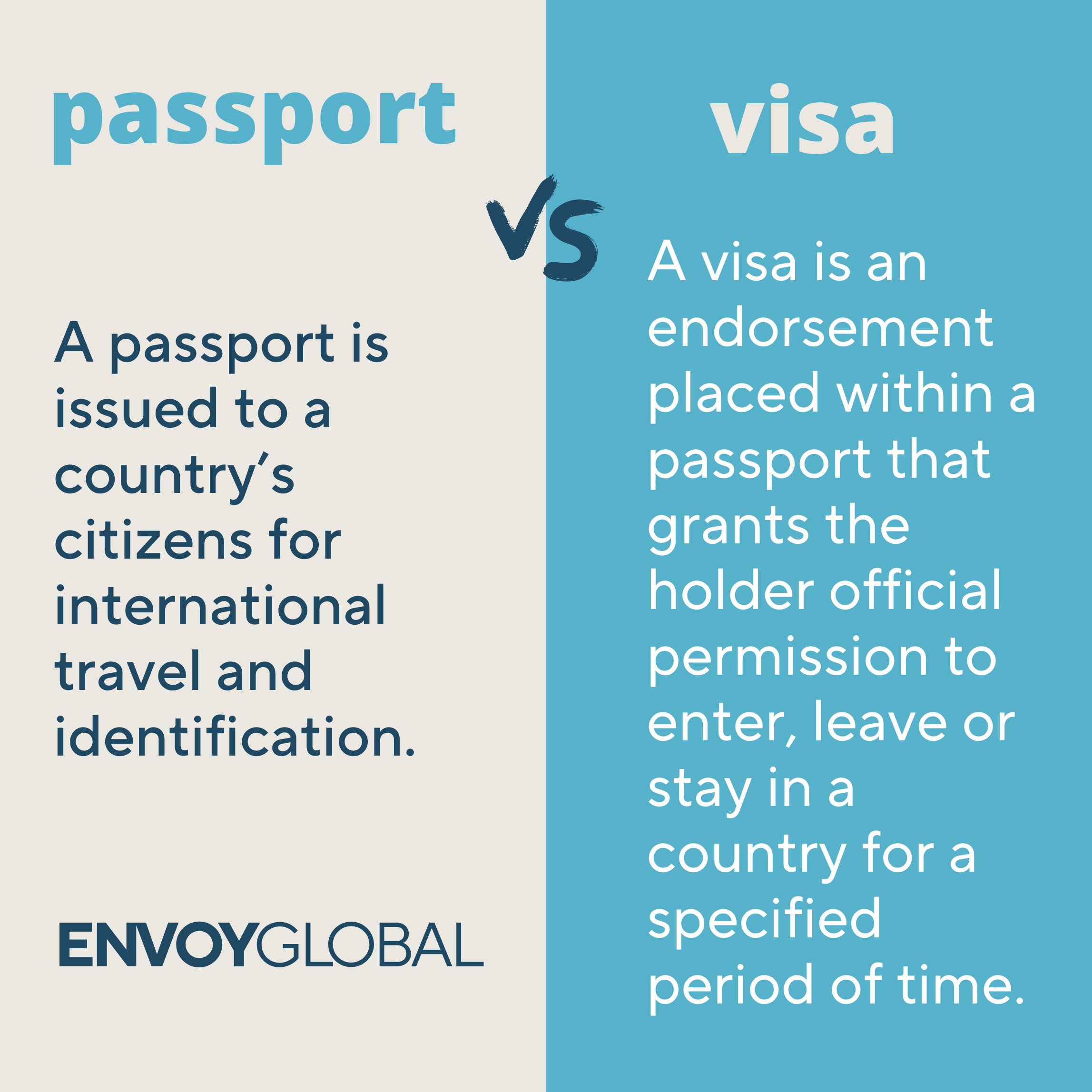Planning an international trip can be exciting, but also a bit confusing when it comes to travel documents. Many people wonder about the difference between a travel visa and a passport. Do you need both? What does each one do? Understanding the distinction between a passport and a visa is crucial for smooth international travel, especially for families. Let’s break down the key differences to ensure your family trips are hassle-free.
What is a Passport?
Think of a passport as your fundamental international travel ID. It’s an official document issued by your home country that confirms your citizenship and allows you to re-enter your country after traveling abroad. Essentially, it says to the world, “This person is a citizen of [Your Country].” Here’s what you need to know about passports:
- Citizenship Verification: A passport is primary proof of your nationality. It confirms to other countries that you are a citizen of the issuing country.
- International Travel Document: It’s universally accepted as a valid document for international travel, allowing you to cross borders.
- Re-entry to Home Country: Your passport guarantees your right to return to your home country after your travels.
- Personal Information: Passports contain vital personal details such as your photo, name, date and place of birth, gender, and other identifying characteristics.
- Varying Requirements: While some countries may only require a passport for entry for citizens of certain nations, others have stricter requirements. Always check the specific entry requirements of your destination country well in advance of your trip.
- Types of Passports: Governments issue different types of passports, such as regular passports for general travelers and diplomatic passports for government officials.
 Infographic explaining the difference between a travel passport and a visa, essential documents for international family trips.
Infographic explaining the difference between a travel passport and a visa, essential documents for international family trips.
Passports are your essential first step in international travel. While they allow you to leave your home country and return, they don’t automatically grant you entry into every other country. That’s where visas come into play.
What is a Visa?
A visa, on the other hand, is not a form of identification but rather permission to enter a foreign country. Typically, a visa is stamped or placed directly into your passport. It’s granted by the country you wish to visit and authorizes you to enter, stay within, or even leave that country for a specific purpose and duration. Here are key aspects of visas:
- Permission to Enter: A visa is essentially a stamp of approval from a foreign government allowing you to enter their country.
- Specific Purpose and Duration: Visas are usually issued for specific reasons like tourism, study, work, or transit, and they have defined validity periods.
- Types of Visas: Common types include tourist visas, student visas, work visas, and transit visas, each with its own requirements and limitations.
- Application Process: Visa applications can vary significantly depending on the destination. Some countries require applications well in advance of travel, sometimes including interviews or medical screenings. Other countries may offer visas on arrival.
- Single or Multiple Entry: Visas can be for single entry, allowing just one visit, or multiple entries, permitting you to enter the country multiple times within the visa’s validity.
- Country-Specific Requirement: Visa requirements are unique to each country and often depend on your nationality. Always verify if you need a visa based on your citizenship and destination.
Key Differences: Travel Visa vs. Passport
To summarize, the core difference between a travel visa and a passport is their purpose and issuing authority. Your home country issues your passport as proof of citizenship and for international identification. A visa is granted by the country you are visiting, giving you permission to enter. You can think of it this way:
- Passport: “Who are you?” (Issued by your home country)
- Visa: “Are you allowed to enter?” (Issued by the country you are visiting)
For most international travel, you will need both a valid passport and a visa, depending on your nationality and destination. Always check the specific entry requirements for each country you plan to visit to ensure you have the correct documentation for a smooth and enjoyable family trip.
Envoy Global Assistance
Navigating the world of international travel documents can be complex. For further assistance in understanding visa requirements and ensuring you have the correct documents for your travels, resources like Envoy Global offer expert support and platforms to help manage immigration needs. It’s always recommended to verify the most up-to-date travel guidelines from official government sources before planning your international family adventures.

